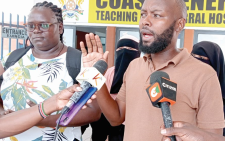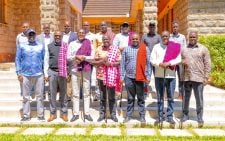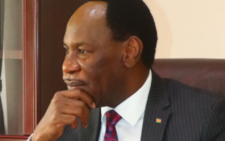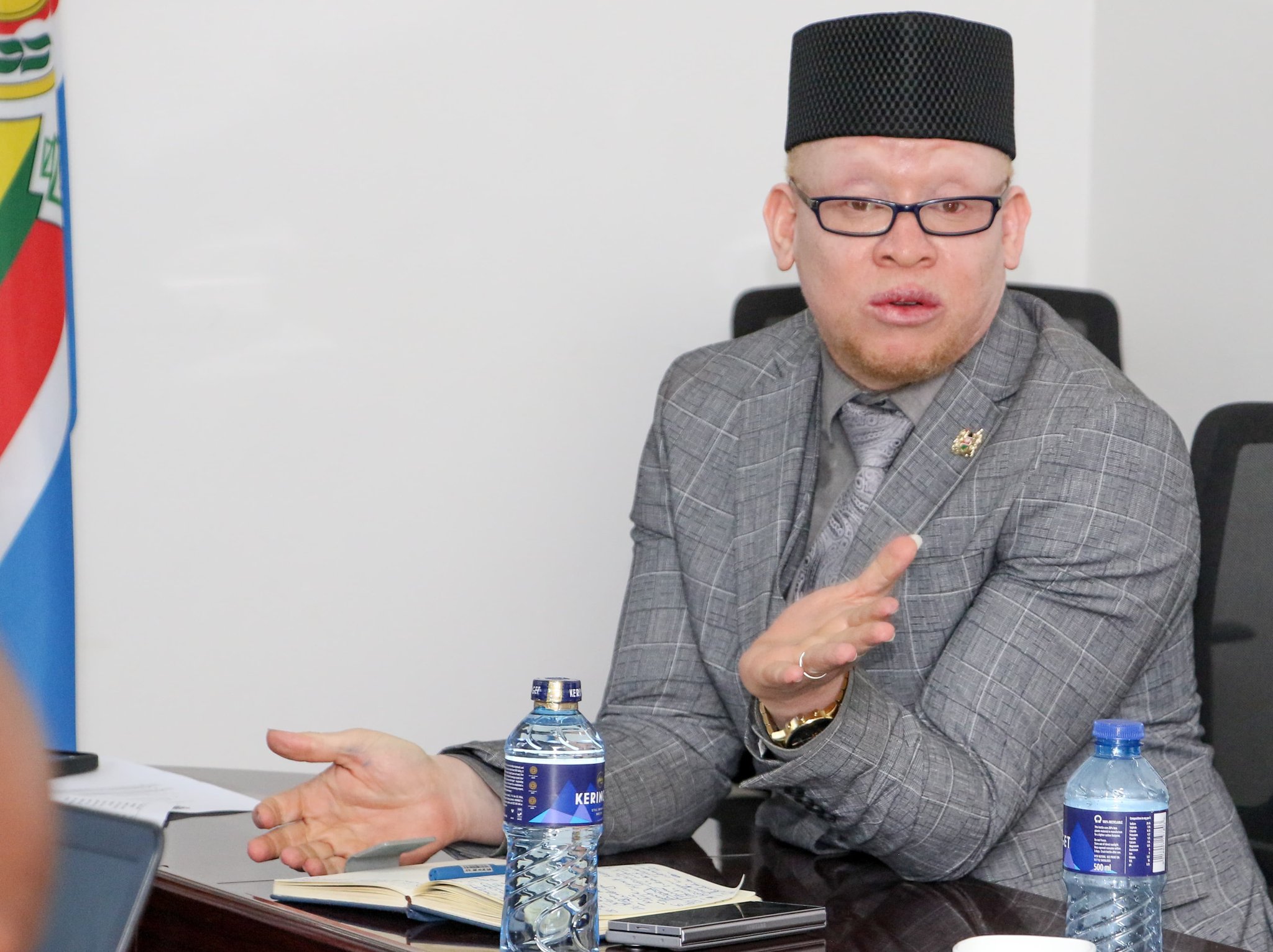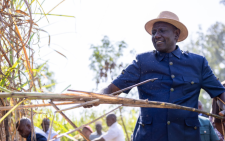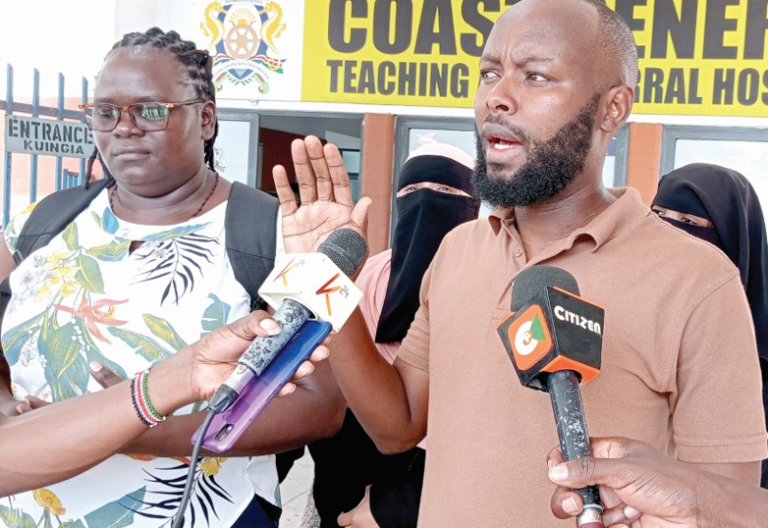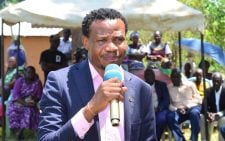Cracks in surveillance fuels expansive illicit drug business at Kenyan Coast
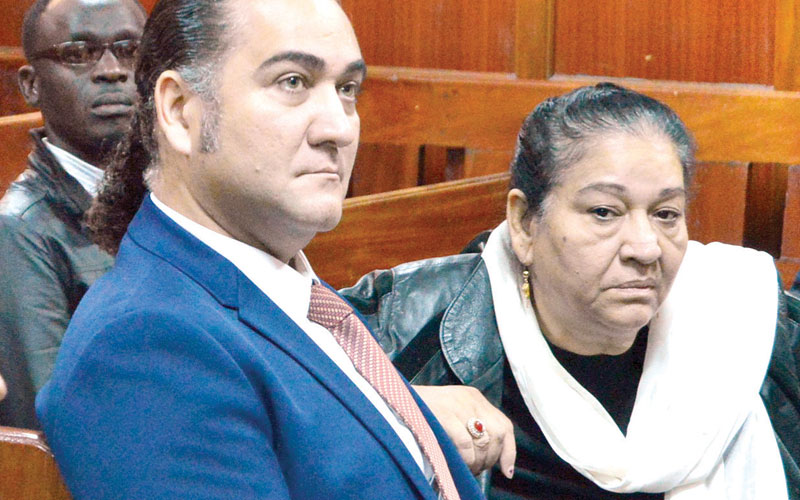
For Kaluma Maghanga, a reformed heroine addict, accessing hard drugs in Mombasa is an “effortless affair”.
His hunger for smoking cigarettes grew into a heroine craving and before he knew it, he was roped into the snares of bhang and alcohol.
“Soon I got addicted and could hardly survive without smoking a few puffs of cigarette, bhang or at least sipping some pints of alcohol,” he says.
“I would join a group of addicts at Magodoroni in Kisauni where I was introduced to heroine. I can tell you for a fact, peddlers are everywhere whenever you need the drug.”
Now a recovering addict, Maghanga says to achieve the desired high, he would mix heroine (commonly referred to as unga) and bhang while smoking. This was fuelled by readily available illicit commodities, which can be obtained with no sweat.
Maghanga says Mombasa is dotted with scores of peddlers constantly supplying drugs to addicts in the six sub-counties, Mvita, Kisauni, Likoni, Nyali, Changamwe and Jomvu.
Another drug user who sought anonymity reveals Senti Kumi area in the mainland side of Likoni was once a popular drug joint, where, at one time, peddlers sold and ‘hawked’ heroine in the open just like njugu karanga (fried groundnuts).
The drug user alludes the ‘bad business’ to the death of the then area’s chief supplier nicknamed Akasha, who would be seen ferrying drugs from high seas using a motorboat.
“He was the main supplier within Senti Kumi until his death in early 2017. He was our key source …you can see his boat grounded behind his house,” said the drug user.
But how do drugs exchange hands at the Coast?
Tourism Cabinet Secretary Najib Balala pointed an accusing finger to private investors for allegedly using container freight stations (CFS) based at the port city to conceal drugs and other illegal consignments.
Favourite transit point
He was speaking at the port stakeholders’ workshop to counter wildlife trafficking through seaports at a Mombasa hotel last month. “When goods are at the port, we have the necessary infrastructure to ensure they are screened, but when they are outside the port, a private warehouse, the so-called CFSs, that is where illegal wildlife products, drugs and goods that do not pay taxes are hidden,” said Balala.
He maintained the government will not cushion illegal and harmful businesses at the expense of Kenyans. He said the same cartels that have been using CFSs to conceal their illegal businesses were responsible for the chaos and delays in the recent past that made cargo evacuation via the port of Mombasa a nightmare.
Unless more stringent measures are put in place to seal the loopholes giving smugglers a field day, the menace may not end soon. Mombasa, for instance, has been found to be a major drug trafficking hub and route for heroin and cocaine destined for Europe. The United Nations Office on Drugs and Crime (UNODC) indicates heroin and cocaine from Asia and Latin America transit through the Port of Mombasa before getting into Europe and Dubai.
The drugs are ferried by ships from Pakistan, Iran and Afghanistan.
Experts, who have been monitoring international drugs trafficking routes, say Mombasa is increasingly becoming the most preferred route for drug cartels in the wake of the current immigrant crisis, which has called for increased surveillance along the original routes of the Middle East and the Balkans.
The Kenya Revenue Authority (KRA) and Kenya Ports Authority (KPA) officials reveal the status quo at the port allows containers of goods treated as “low risk” to pass without necessarily going through the verification process involving intense scanning to weed out “contrabands”.
Officials insist only goods regarded as high risk are taken through the verification process, thus paving way for masterminds in illegal dealings to easily allow for ‘safe’ passage of their illicit cargo.
Disguised packages
“Not all the containers are scanned. Scanning is based on intelligence information and the risk level related to the contents of the container in questions based on history,” KRA’s Regional Coordinator Nicholas Kinoti told the People Daily.
But recent trends indicate that masterminds in the illicit trades have in the recent past been capitalising on the existing loopholes to clinch their operations.
For instance, a series of previous scenarios of seizures of contrabands at the Port of Mombasa in recent years have brought to light usage of dried fish maws, unprocessed groundnuts, tea bags, sesame seeds and cement to disguise the illegal trade.
Apart from the situation at the Port, porous borders defined by vast gaps under minimal control of Kenyan authorities have also been mentioned as the key reason why the country has become a favourite conduit for smugglers.
The director of Citizen Against Child and Drug Abuse (Cicada), Farouk Saad, says international drug trafficking cartels have developed liking for Mombasa as a transit point because of the poorly monitored coastline, which allows traffickers to smuggle drugs using small boats and yachts.
“KRA is in control of very small areas at the borders. Vast sections are open and are used by smugglers. This is why it has been tough to fight these vices even with tight measures in place,” explains Kinoti adding that for the above challenged to be curbed effectively; there is need for establishment of a border patrol multi-agency to man the porous borders and seal the illegitimate routes.
The lack of on-ground active participation by the National Authority for the Campaign Against Alcohol and Drug Abuse (Nacada) officials has also been singled out as one of the key challenges chocking the fight against drugs and alcohol abuse at the Coast.
